Angioplasty Explained: Here’s What You Should Know
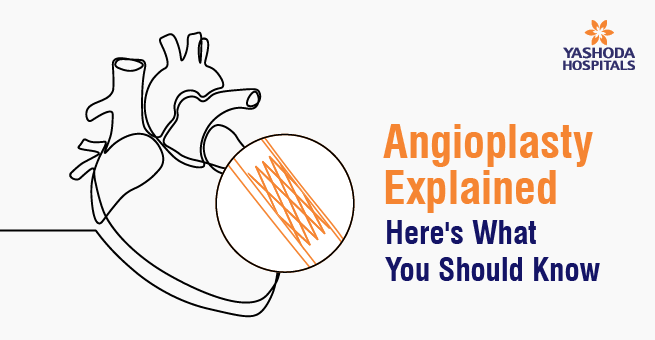
What is Angioplasty?
Angioplasty, also called balloon angioplasty, is a procedure designed to allow the free flow of blood through the arteries. This minimally invasive approach used by cardiologists targets narrow areas due to plaque formation or total blockage of some arteries. Individuals diagnosed with coronary artery disease or having experienced an acute myocardial infarction may require arterial dilation or angioplasty. Even the neck, arms, legs, and pelvis, including the kidney, are treated by angioplasty if there are occluded or narrowed arteries. For example, it becomes possible for more blood to flow into a narrowed artery that has plaque blocking it after angioplasty. Consequently, following angioplasty, this organ will have increased blood flow from the artery.
Angioplasty heals atherosclerosis, or plaque building up within the arteries throughout the body. These narrow ones usually cause heart attacks, strokes, chest pains, and kidney breakdowns. Angioplasty could be useful in kidney-related syndromes that come from renal arteries too. Angioplasty is often followed by the use of a stent, a small wire mesh tube. To improve blood flow to the heart muscles, angioplasty or stent placement can be a scheduled procedure. It may also be used as an emergency treatment for heart attacks. The alternative name for coronary angioplasty and stent placement is percutaneous coronary intervention.
Angioplasty and stent placement are not suitable for everyone, as factors like overall health and artery blockage severity must be considered. Sometimes, coronary artery bypass grafting is recommended.
Angioplasty Procedure: How is it Done?
This procedure is generally carried out by interventional cardiologists for their patients when they are under local anesthesia. Typically, a minor cut is made on either the arm or groin. In the next step, they introduce a catheter with a small inflatable balloon inside a vein or artery, usually in the leg. Using X-ray pictures, video movies, and special liquids that can be seen in X-ray pictures, a doctor starts to move the catheter inside the blocked coronary vessel. The plaque that has blocked blood flow through this artery is just pushing on one of its walls due to the increased volume of the artery after inflating a balloon, and this finally clears the way for the blood flow.
In some cases, a stent, a stainless steel mesh that keeps the blood vessel open, can be put on a catheter before or after a catheter with a balloon loosens the plaque. But when the balloon is deflated and dishonored, a stent will stay there; the catheter can only be extracted after the balloon is taken off by a doctor.
When is Angioplasty Recommended?
A cardiologist and their team evaluate the severity of heart disease and overall health to determine the most effective treatment option. However, the angioplasty treatment is indicated in the following cases:
- If lifestyle changes or drugs do not improve heart health: If one has cholesterol issues and also has a healthy diet and regular exercise but still feels the chest pains that were diagnosed by a doctor as angina, then angioplasty can be considered.
- Severe chest pain: Angioplasty may be used by a medical professional to reduce the narrowing of the arteries causing chest discomfort by widening narrowed cardiac arteries and hence improving flow so that blood flows better in them, hence relieving chest pains if your heartaches are increasing despite medication using pins.
- During the heart attack: When a heart attack occurs, an angioplasty may be performed to open a blocked artery and restore blood flow to the heart muscle. This procedure can help minimize damage to the heart and increase your chances of survival.
- Chronic total occlusion: A complete blockage of a coronary artery needs angioplasty.
- Multivessel disease: Blockages in multiple coronary arteries require angioplasty.
Considering Angioplasty?
Types of Stents for Angioplasty
The types of stents used in angioplasty are bare-metal stents (BMS), drug-eluting stents (DES), and bioabsorbable stents. The cardiologist’s choice will be determined by the severity of the blockage, the patient’s age, the patient’s medical history, and other factors.
- Bare-Metal Stents (BMS): Bare-metal stents are crafted from either stainless steel or cobalt chrome, and thus they render definite physical support to the arterial wall permanently. Even though they can alleviate heart disease symptoms, they may form scar tissues that will eventually cause blockages in some rare cases.
- Drug-Eluting Stents (DES): DES are stents that are coated with drugs to prevent the formation of scar tissue after the surgery. Despite that, over time, they release medicine into blood vessels to prevent inflammation and promote increased blood flow. There are fewer major complications associated with the use of DES in the long term than in the case of BMS, so they are often used in cases with greater complexity or in patients who have a history of having implanted stents.
- Bioabsorbable Stent: The stent is crafted out of magnesium alloy and dissolved by the body in two years maximum, even though it may have a negative effect on the elderly as it reacts negatively with calcium.
Post Angioplasty Care
After undergoing angioplasty, it is important that proper attention be paid in order to recover smoothly and avoid other problems that may arise later. The patient might remain under observation in a recovery room for several hours while keeping the body flat so as to reduce the chances of excessive bleeding taking place. Taking analgesics would help reduce the pain felt where the insertion was done.
Precautions after angioplasty includes:
- Taking care of the incision site: After angioplasty, give meticulous adherence to the guidelines provided by the physician within the first 24-48 hours (groin, arm, or wrist areas). Generally, this means keeping it clean and dry to avoid infection.
- Try not to strain: Stay away from too much exercise and do not carry heavy objects for one week after the surgery, unless otherwise advised by your physician. Increase your movements slowly and with increased ease.
- Medication adherence: Regularly taking any medications prescribed by a doctor is very important, especially if they include blood thinners, which help prevent blood clots from forming around the stent.
- Maintaining a heart-healthy diet: Over time, it is possible to go back to eating as usual, but from the point of view of the heart, it is better to stick with food that is good for the heart. This implies eating a lot of fruits, vegetables, and whole grains while avoiding high-fat, unhealthy foods, salt, or processed foods.
- Participating in exercises and rehabilitation programs: If it is suggested by the doctor, one should think about taking part in a cardiac rehabilitation program. This program will enhance cardiovascular fitness via exercise training, nutritional guidance or counseling, and stress control techniques.
- Sexual activities: Consult the doctor to determine if resuming sexual activity is safe, as it depends on the individual recovery and comfort level.
- Follow-ups: As for follow-up appointments, please make sure to attend all the scheduled ones with the doctor to know how far the progression is.
Most of the individuals will doubt that “after angioplasty, how many days of rest” are needed. Usually, after angioplasty, rest recommendations vary but include immediate rest, gradual activity increase, activity restrictions, and returning to normal activities. Recovery time depends on individual factors, angioplasty type, doctor’s instructions, and patient’s health. Tips include listening to the body, gradually increasing activity levels, and consulting a doctor.
Experiencing Chest Pain from Blocked Arteries?
Risks and Side Effects of Angioplasty
The coronary angioplasty risks associated with stent placement are as follows:
- The artery re-narrowing risk: One increases re-stenosis risk without stents. Medicine-coated stents decrease the risk of narrowing.
- The blood clot risk: Clots within stents lead to heart attacks. Medicines can lower blood clot risk.
- Bleeding or infection: The catheter inserted into a blood vessel may cause bleeding, bruising, or infection.
- Heart Attack: Rarely, heart attacks causing severe tissue damage or death are rare.
- Coronary Artery Damage: The coronary artery may be torn or ruptured during angioplasty and stenting, requiring emergency open-heart surgery.
- Kidney Injury: The risk is higher when other conditions affect kidney function.
- Stroke: A fatty plaque can block blood flow to the brain during angioplasty, a rare complication.
- Irregular Heartbeats: The heart may beat too fast or too slow during the procedure, requiring treatment with medicine or a temporary pacemaker.
Side effects of angioplasty
There are some side effects of an angioplasty stent that may arise in some cases:
- Temporary pain or discomfort
- Mild bruising or bleeding
- Infection
- Allergic reaction due to contrast dye
- Swelling
- Damage to the artery and more
These side effects are less severe and might go away on their own or with minimal treatment. In addition to the above side effects, restenosis (re-narrowing of arteries) and the formation of blood clotting are the most common after angiography side effects.
Life After Angioplasty
After angioplasty, it is important that patients take care of themselves so they can stay healthy. This means quitting smoking, using medications to help their hearts heal, eating well, being active as much as they can, and maintaining an ideal body weight. This can be achieved by reducing stress levels, which in turn helps manage their weight, averting weight gain through overeating or binge drinking.
Patients should also consult their doctor if they experience side effects or have any doubts. A healthy diet should include iron-rich foods, whole grains, fish, low-fat dairy, fiber, and dry fruits.
Obesity treatment is very important to manage, and therefore, sexual activity should be resumed only with the doctor’s advice, and at least six weeks should be allowed before engaging in strenuous exercises. Managing heart health greatly relies on curbing stress by adopting relaxation techniques and hobbies, just as it is recommended that every so often people go for check-ups. It takes minimally invasive procedures for someone to go through angioplasty; hence, this will allow them to get back to their normal life within 2 to 3 days.
How long can a person live after an angioplasty?
The survival rate depends mostly on the type of heart condition underlying it (such as ischemic or non-ischemic), age, and co-morbid conditions of the patient. A young patient with a strong heart and without a history of myocardial infarction, for instance, can be expected to live a long, full life, even full of activities. In contrast, there is a shorter life expectancy following an event for seniors who might still have a recurrent myocardial infarction along with other serious illnesses. Few people may have only a few days left, yet there are those who have survived for years.
The time or survival rate mainly depends on an ejection fraction. Ejection Fraction (EF) is a crucial factor in angioplasty survival rates, as it measures the percentage of blood the heart pumps out with each beat. A normal EF is 55-70%, with lower EF indicating weaker heart function. Higher EF generally leads to better survival rates, while lower EF may increase the risk of complications. Long-term survival rates are difficult to determine, but higher EF may lead to better outcomes.
Foods to avoid after angioplasty
- Avoid saturated fats, trans fats, salt and spicy foods, and alcohol. saturated fats and trans fats can increase cholesterol and risk coronary heart disease.
- Sugar-rich or sweetened foods should be avoided for recovery.
- Excessive salt and spicy foods can increase high blood pressure and coronary artery disease.
- Spicy foods and fried dishes with high oil content should be avoided.
- Follow prescribed alcohol guidelines, reduce caffeine intake, and abstain from all alcoholic beverages during the initial days post-treatment.
Concerned about your treatment? Contact us for expert care and relief today!
Differences to Know While Learning the Angioplasty
Angiogram vs Angioplasty (Difference Between Angiography and Angioplasty)
- An angiogram is a type of medical imaging procedure that utilizes X-rays to see the insides of the veins. It involves injecting a special dye known as a contrast medium into the veins in order to highlight them and detect any blockages.
- Angioplasty is a treatment procedure used to open narrowed or blocked arteries and improve blood flow. It often follows an angiography and involves inserting a thin catheter with a balloon into the narrowed artery and inflated to widen it, or sometimes a stent to keep it open.
Angioplasty vs Stent
Angioplasty refers to the process where non-open or weakened coronary arteries are unnecessarily widened. A stent during the angioplasty procedure is a small mesh composition that is placed in the patient’s artery to keep it open and to avoid any further blockages. While angioplasty is the procedure, on the other hand, a stent is the device that helps in keeping the artery patent.
Note: To diagnose blockages in blood vessels, cardiologists use angiography, where they perform X-rays with contrast dye followed by angioplasty. Conversely, angioplasty entails deploying stents, balloons, and catheters into blood vessels in order to restore normal blood flow. Therefore, angioplasty enhances blood flow, unlike angiography.
Conclusion
Consulting a doctor is crucial to determining if angioplasty is the right treatment for your heart health. Yashoda Hospitals offers a comprehensive, multi-disciplinary approach to prevent, diagnose, and treat all cardiological and cardiothoracic conditions. With state-of-the-art technology, minimally invasive, interventional, and robotic-assisted surgical procedures, 24/7 emergency services, and patient-centric care, it provides the best treatment outcomes.
Have any questions or concerns about your health? We’re here to help! Call us at +919513262681 for expert advice and support.

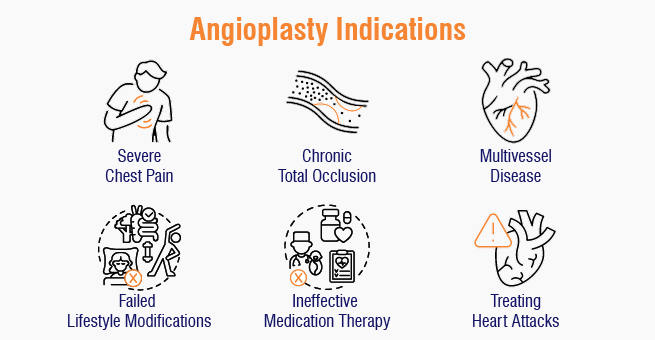
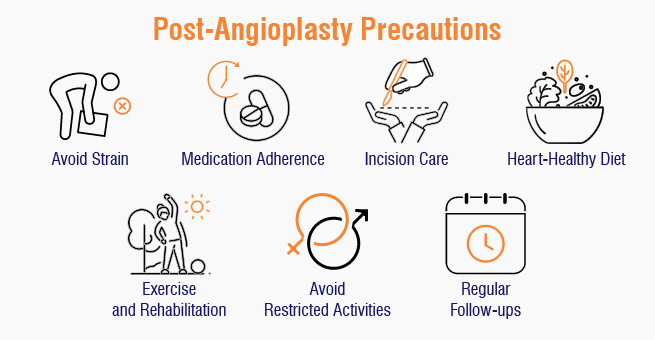

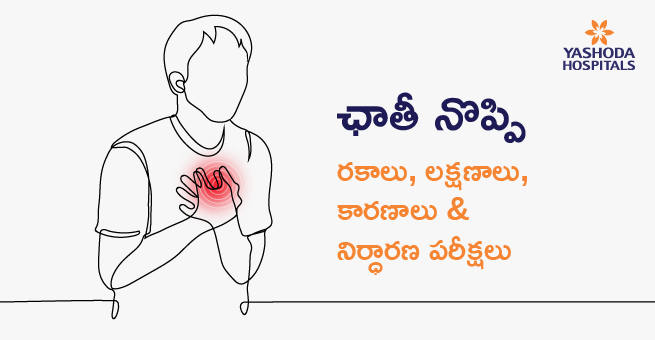
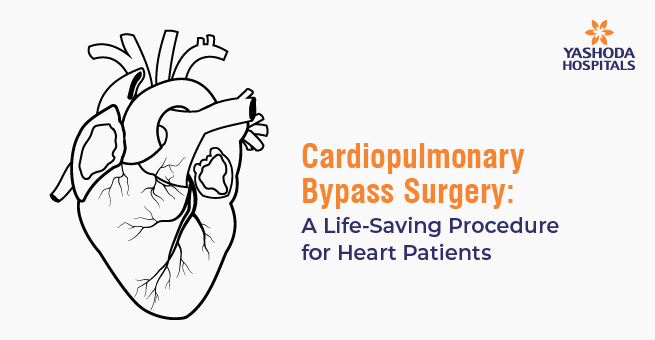
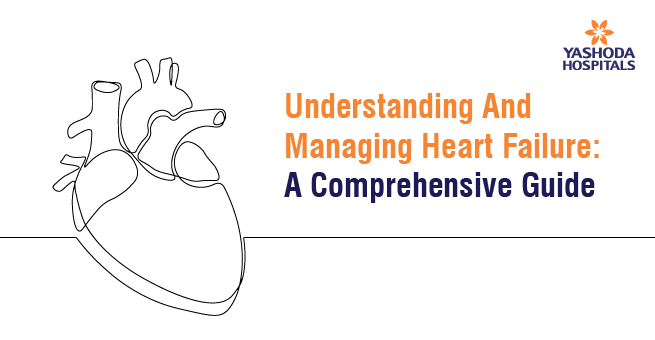
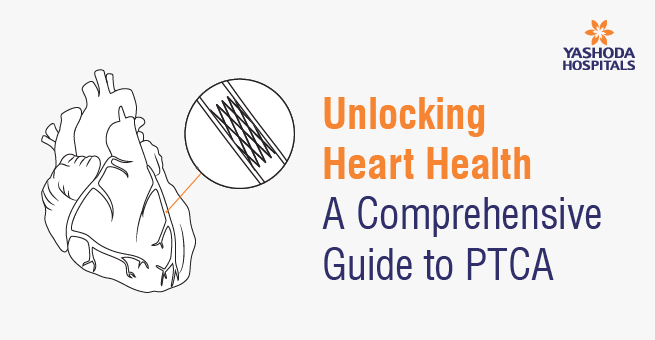
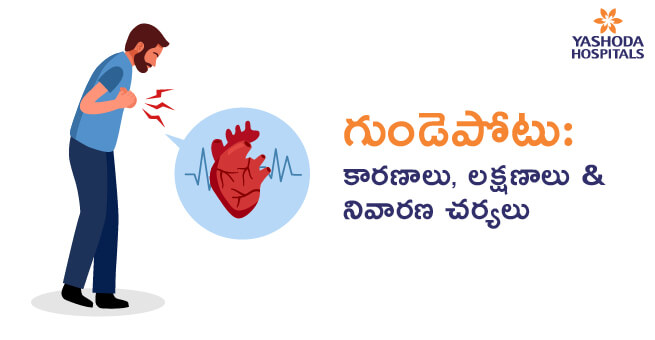

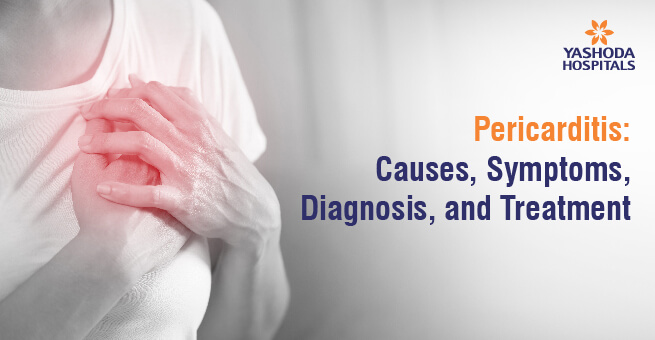
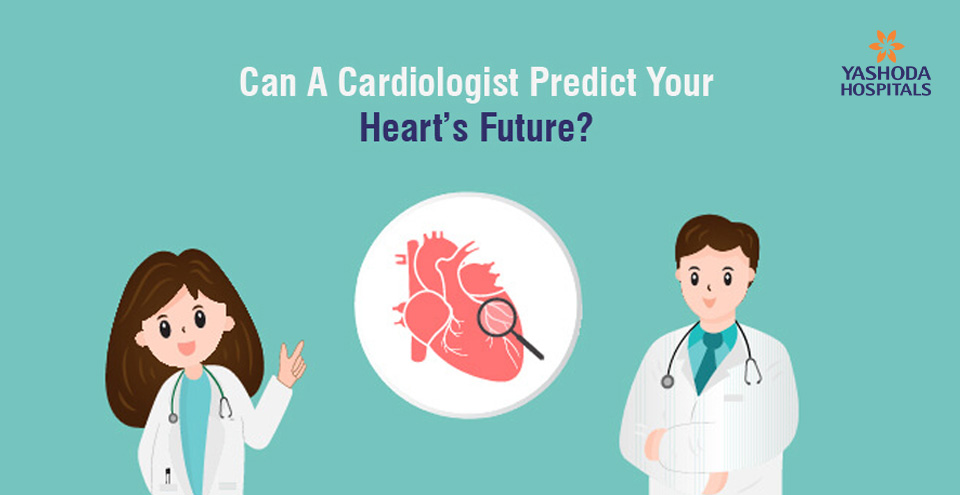

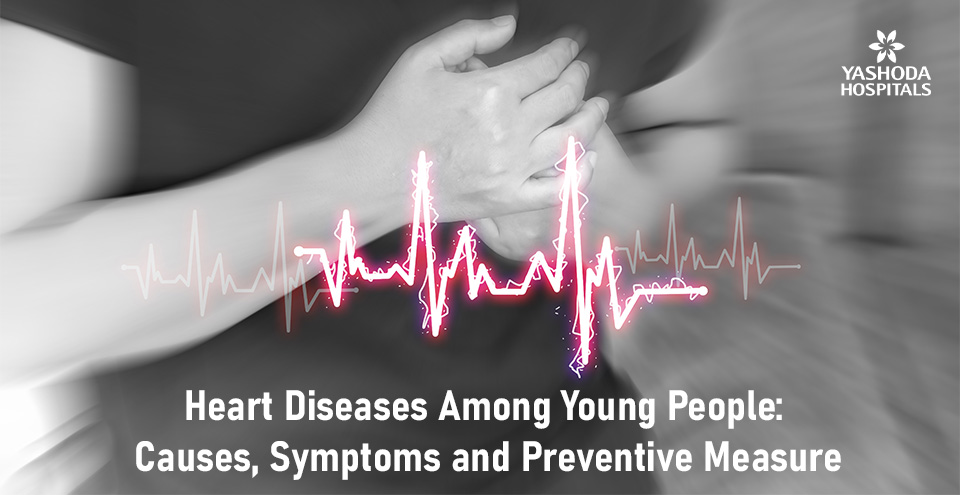






 Appointment
Appointment WhatsApp
WhatsApp Call
Call More
More

